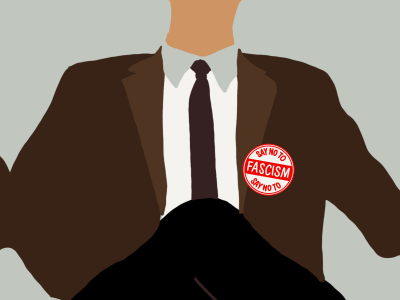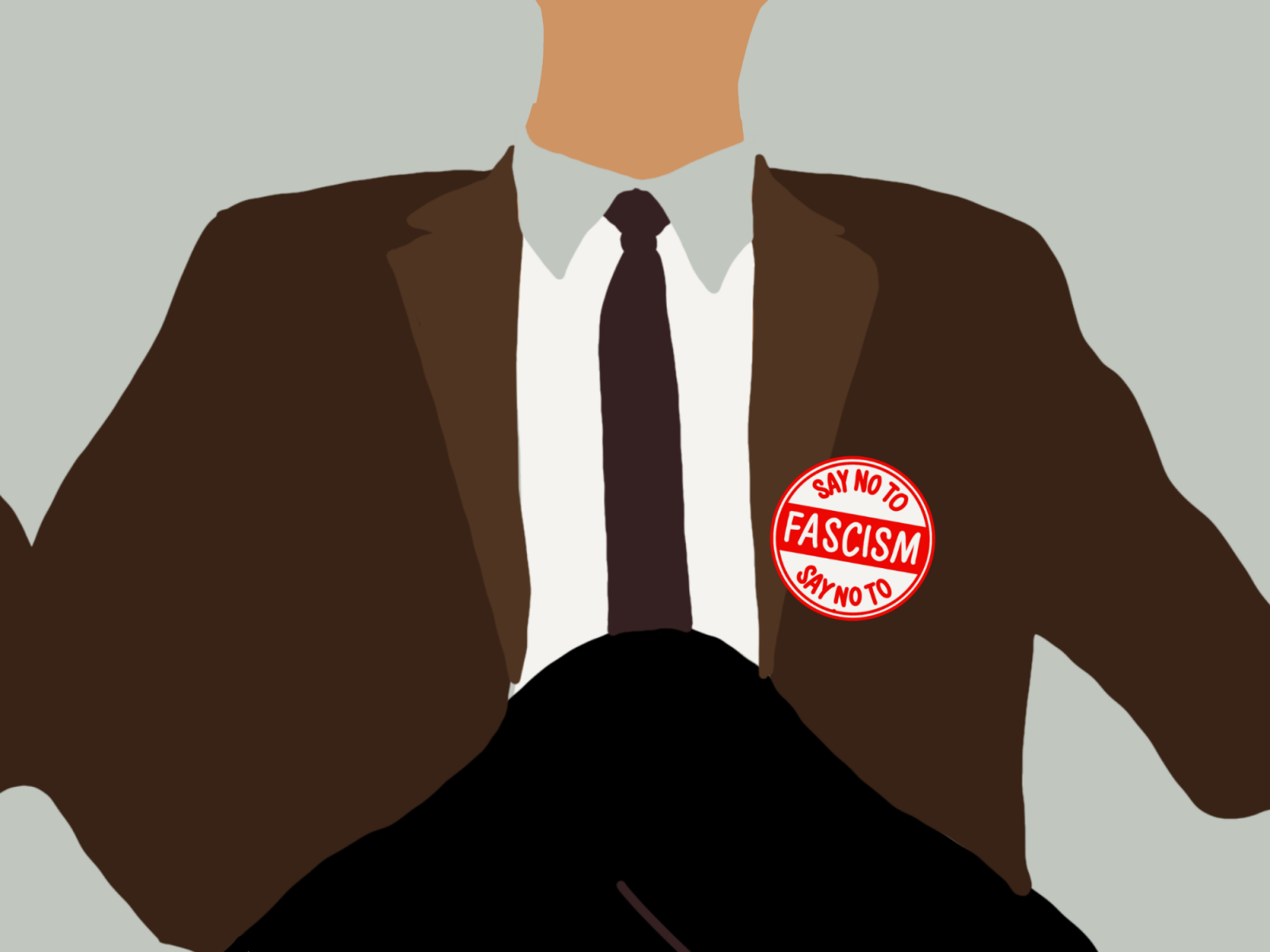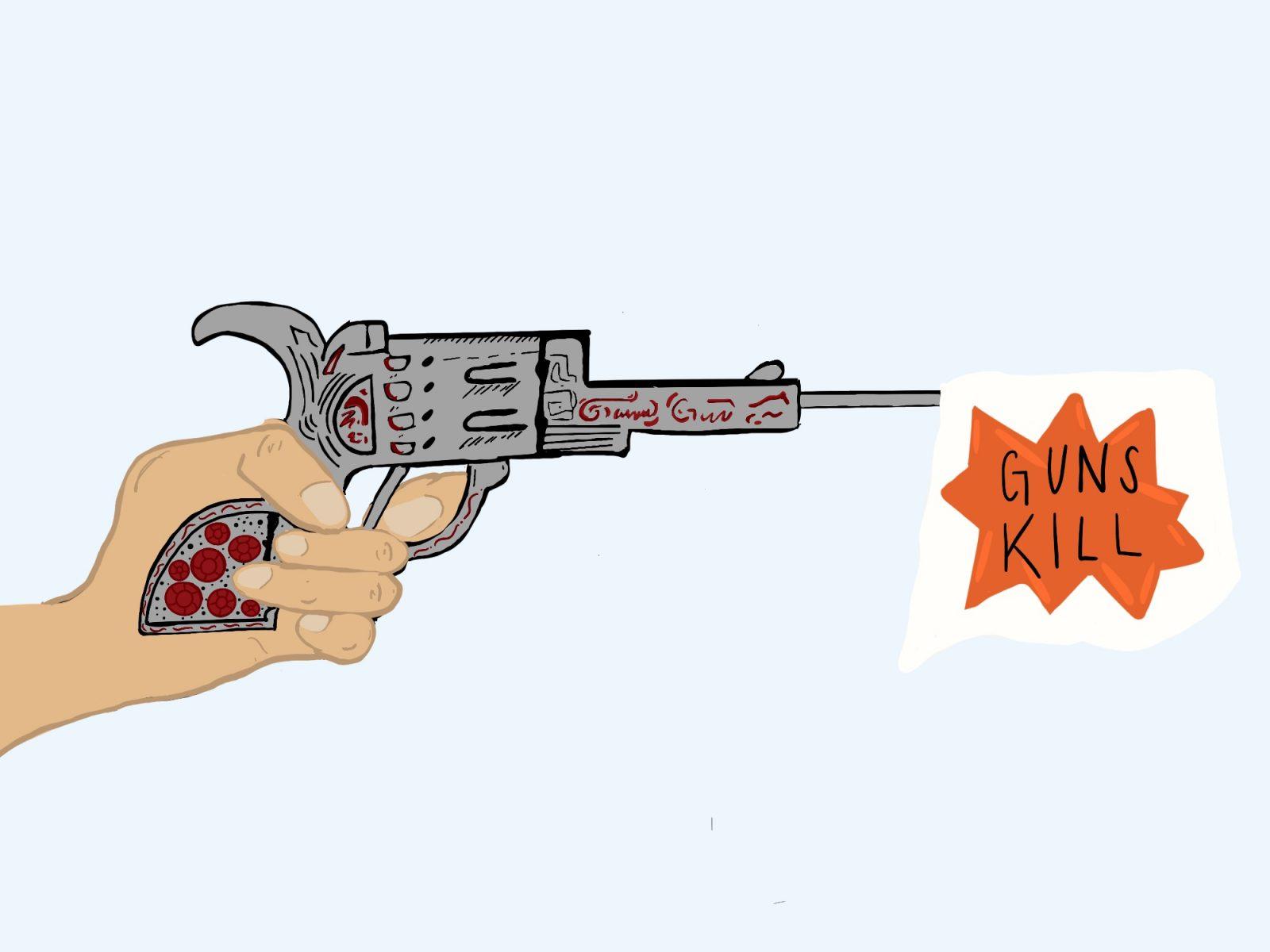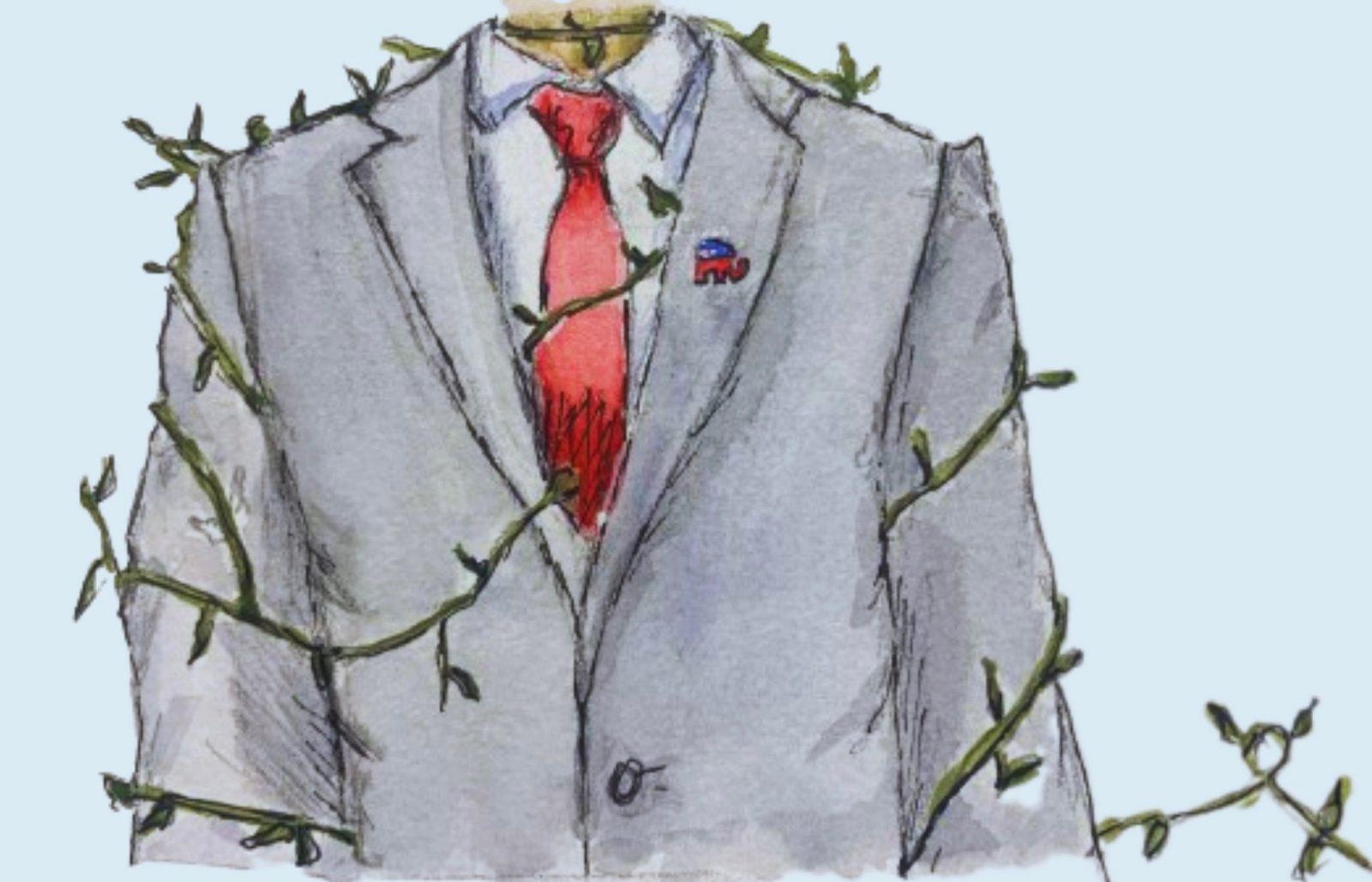Ever wonder how billionaire businessmen convinced millions of rural poor that their interests were aligned? Why the Republican Party seems hellbent on peddling racism, sexism, and homophobia as we slide into recession after recession? Or why, whenever the most milquetoast reforms to improve conditions for the majority of people are proposed, right-wingers cry “radical-socialism?”

Answering these questions requires understanding the most important developments in the historical evolution of right-wing political thought in the United States and how it has led to the “New Right” sect of the Republican Party’s current flirtations with fascism.
To begin, the Great Depression and World War II massively increased the federal government’s role in the economy and many other aspects of American life. Most notably, the New Deal and wartime economy essentially created the modern “middle’ class.
These social programs and relief efforts were funded and carried out in large part by unprecedentedly high corporate and income taxes, increased union membership and worker’s rights, the G.I Bill, a federal housing program, and other massive forms of government intervention.
This subsequently ended the depression and helped win the war, with the U.S. comprising 50% of the world’s GDP and funding the post-war economic boom afterward. ‘
Immediately after the USSR ceased being an American ally came the Cold War. The Red Scare and McCarthyism then instilled paranoid anti-communism into the very fabric of American culture.
The Republican Party had already been the party of business and libertarian in their economic outlook. However, anti-interventionism was soon conflated with the belief that all government action was somehow socialistic, especially when intervening to guarantee the civil rights of oppressed groups — integration and legalizing abortion were both famously considered communistic for example.
Alongside the post-war economic boom, the Baby Boomer generation experienced an extremely rapid shift in social values — the civil rights movement, the second wave of feminism, the sexual revolution, women entering the workforce, queer, indigenous, and other liberation movements as well as the advent of rock & roll and the birth of the counterculture.
The final key step was when post-war economic expansion ended, creating the subsequent economic crisis of the 1970s. De-industrialization began and the Federal Reserve System dropped the gold standard. Since 1978 Americans’ real wages have not increased while inflation has continued to rise precipitously.
These developments made the United States a radically different country in 1980 than in 1950, which created the perfect conditions for the New Right to begin staging its “counter-revolution” in earnest with Ronald Reagan’s 1980 presidential campaign.
Reagan’s campaign and presidency combined the conservative backlash against social progress, worsening economic conditions, and promises to crack down on the atheistic international communist threat. Marrying Christian conservatism to the anti-government interests of big business and codifying the modern New Right.
In the Republican Party’s first attempt to “Make America Great Again,” neoliberal “Reaganomic” economic policies were introduced in the 80s and exacerbated in the 90s. These were very beneficial for corporations but disastrous for average Americans.
The welfare state was crippled, debt began accumulating much faster, and income equality has risen every year since, making neo-liberalization the biggest contributing factor to the “death of the middle class.”
Herein lies the insidious genius of the New Right.
Conservatives accurately identify that something is acutely wrong within their country. However, their own conservatism is then weaponized against them by wealthy politicians and pundits who use marginalized groups as scapegoats for all of America’s problems, causing them to misidentify the source of their immiseration and ignore the crises of capitalism which are its true source.
These pundits hark back to the halcyon days of white supremacy, heteronormativity, and male privilege to instill a persecution complex in their disproportionately white, straight, and male voting base, insisting that it is some “other” who has stolen their bygone days of glory.
Take the recent resurgence in white supremacist groups and racially motivated hate crimes, as well as white supremacist talking points like the “great replacement” theory — the idea that non-white people are being shipped into America to replace white votes — being aired on Fox News.
Meanwhile, the emergence of an online “manosphere” and extremely influential figures like Andrew Tate popularizing anti-feminism are instilling misogyny into a generation of young men.
This paranoia and prejudice are then harnessed by conservative politicians to increase the repressive powers of the state.
The most obvious example of this is repealing Roe V. Wade, but there’s also the unprecedented censorship of Florida’s “Don’t Say Gay Law” as well as laws jeopardizing access to gender-reaffirming healthcare in several states and increasingly inhumane treatment towards refugees at the southern border.
The interesting thing about fascism and socialism, despite being ideologically antithetical, is that since they’re both a response to the failures of capitalism. Their popularity increases in proportion to one another.
With our society increasingly polarizing between those who want to see real systemic change and those who want to drag us back into a mythic past that never existed, one shudders to think who will succeed in the end.


























































































































